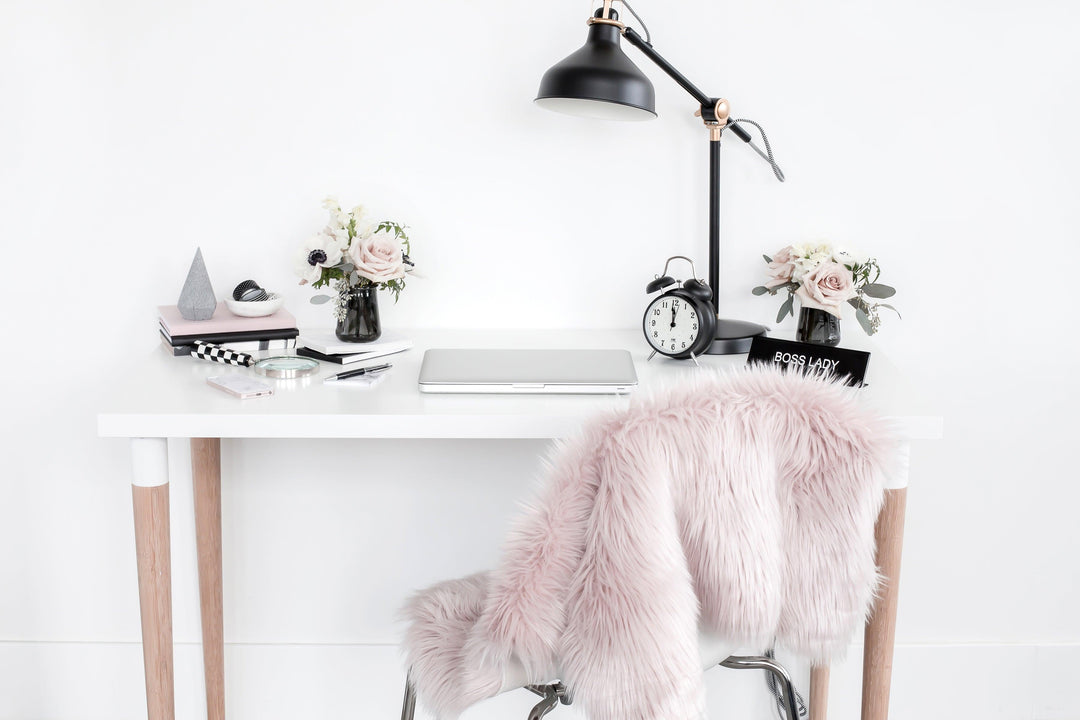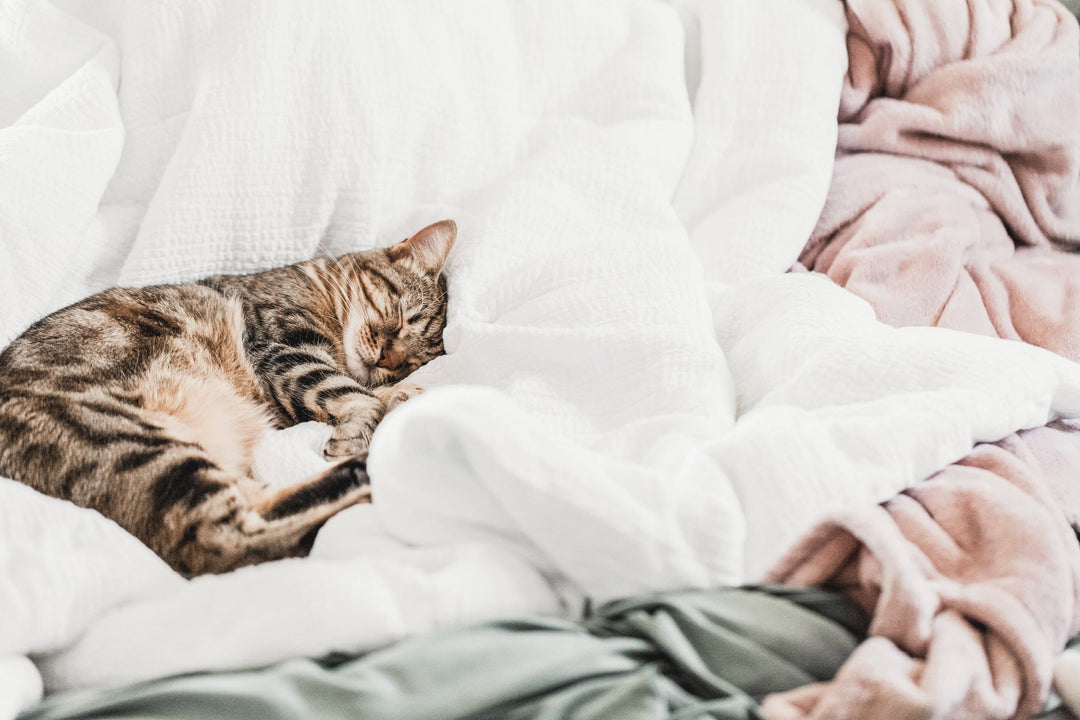Publication, inspiration and plagiarism: A Guide to online etiquette
Topic: Copyright
Time Investment: 8 Minutes
Suggested Product: Ultimate Copyright Kit
There has been great hub-bub the last few months about publications that have leaned on inspiration so much that it borders (or hurdles) the line of plagiarism – or has been outright plagiarism. On top of that, I receive emails on a regular basis about websites who snag photographs from photography websites and use them for “inspiration boards” or as “stock photographs” without proper permission, citation, or linking back.
As creatives we should know better.
How do we feel if our clients violate our policies (such as outlined in print releases for digital files)? If you’re a photography vendor, imagine how it feels when other creatives are sharing digital products? All of this equals potential lost sales, violation of copyright, and downright disrespect to one another and the industry.
So what is the best way to combat this?
Education!
Here are some tips on how to share information or photographs online with proper etiquette. Keep in mind this list isn’t all inclusive, but is a good snippet to make sure you’re honoring someone else’s work (whether photographs, words, or ideas).
How to share an article (or cite a source in an article)
Plagiarism should not be tolerated, especially in the creative field where we are all protective of our art – we should be mindful of the words of others as well. According to Merriam Webster’s Dictionary, plagiarism is defined as “to use the words or ideas of another person as if they were your own words or ideas.”
However, online blogging has opened up a much more relaxed environment, but that does not mean it doesn’t demand obedience to copyright rules and respect of another’s words. The good news is that source citing is way more relaxed than we learned in school…remember APA method and all that?
The bad news is that not appropriately citing can lead to the plagiarism (whether intentional or not), and there’s no real guidance as to what constitutes an appropriate cite online. Oftentimes, photographers find online educational resources, about me sections, or policies that they want to share with their clients – fantastic! Education is great. But not at the risk of plagiarism. Always use the guidelines below or create your own educational resource for your clients to engage with.
The standard rule of thumb is to cite text in the following ways:
- original author’s name
- website or blog name
- linking back to the original source
It is always best, and opens up a potential network, to ask the original source’s permission as well!
(Keep also in mind potential work-product copyright laws regarding contracts & why sharing these are bad for your business!)
How to share inspirational photographs (and how NOT to!)
This has become a very common practice in two different methods that smack in the face of creatives.
Situation #1
Photographer A shares Photographer B’s photographs as “inspiration” to their business pages (i.e. in the view of the audience of Photographer A, NOT B) to advertise upcoming sessions. This is often paired with a caption of “Who would be interested in photographs like this?”
Situation #2
It has recently even been taken a step farther for Photog A to create advertisements using Photog B’s work within an actual advertisement. For real.
Neither of these situations are okay.
Even though in both of these situations a citation could be used, the fact that this work is being displayed to Photog A’s audience gives a false idea that this work is Photog A’s. It not only was done without Photog B’s permission and insults Photog B, but it gives Photog A’s audience a false perception that Photog A can recreate this work for them – which only hurts Photog A in the end. Because the reality? What if Photog A can’t recreate it? Where are the clients then? What benefit did Photog A gain?
My advice?
Use your own photographs. Don’t use someone else’s as an advertisement or “inspiration” to show your audience. You’re doing yourself a great disservice. Consider this – setting up and taking the photograph for the advertisement will give you not only a dry run on the set up but provide YOUR work to advertise with. I do believe in sharing of the work of another you admire but not under the pretense of marketing. A simple “check out this awesome photog” and sharing directly from their blog or social media site will suffice…and probably flatter the photographer!
How to create inspiration boards
Ah yes, the ever popular question about creating of inspiration boards! There are two main ways to do this; Pinterest, or a blog collage.
#1 Using Pinterest
When using Pinterest, many understand the “pins” are not necessarily the work of the photographer. It is in the pinners best interest to label the board as “Inspiration” and ensure all link backs are connected to the photograph. My advice is pin for personal inspiration, not for advertisement to your audience as confusion can occur (as seen in the previous situations above). In fact, to take it a step farther, it would be optimal to have separate accounts, or utilize hidden boards, to keep audiences from being confused as to your inspiration board and your actual work. See also: Pinterest TOS
#2 Creating an Inspirational Collage Board
Another popular use of photographs is through the use of collage boards published on blogs or social media that are a combination of other’s work. This typically is seen by inspirational blogs and vendors but can also be done by photographers. Again, like previous situations, when doing this, it is important to emphasize the work is not your own and to cite all sources.
I personally have found wedding blogs using my photography work in these “inspirational boards” – not only was no permission asked but there was no citation. So not only is the work being represented as their property, but it is also infringing upon the copyright property rights I have in the photograph as the creator. The use of my photograph furthered their audience and exposure without any credit or benefit to myself. This is unacceptable as I invested time, money and creative energy into creating that art. A simple note to the site that is utilizing the photograph often will suffice in righting this wrong.
How to use stock photography
Stock photography are photographs taken and licenses sold to purchasers for specific intended uses within certain policies (not to resell, etc.). The usage and rules of thumb do depend on the site, but here is a quick run down on how to utilize stock photography in business and avoid the potential thought of stealing another’s work.
How to use: Should be used by bloggers or informational resources to supplement the information in articles – but not claimed as own. A citation may not be needed depending on the TOS agreed to upon purchase. It is good practice if you are an informational resource-type blogger to purchase solely from reputable stock photography sites, read all license usage rights, and abide by these rights.
How not to use:
- Should not be used in the portfolio of photographers to give the idea that it represents your work
- Claimed as your own creative work
- If you are representing yourself as solely a photography blog and/or site, steer clear of the use of stock photography. The potential for confusion is not worth the end result (accusations of theft, etc.)
What should I do if my work has been stolen or plagiarized?
- Reach out to the individual using your work and ask for it to be removed. Cite appropriate copyright laws and specifically identify which works you’re referring to.
- If that does not work, consider sending a Cease and Desist and/or submit a DMCA filing to the site/host.
- Seek the guidance of a local attorney in your jurisdiction. For the US – simply search your local bar association website or ask local photographers for referrals.



